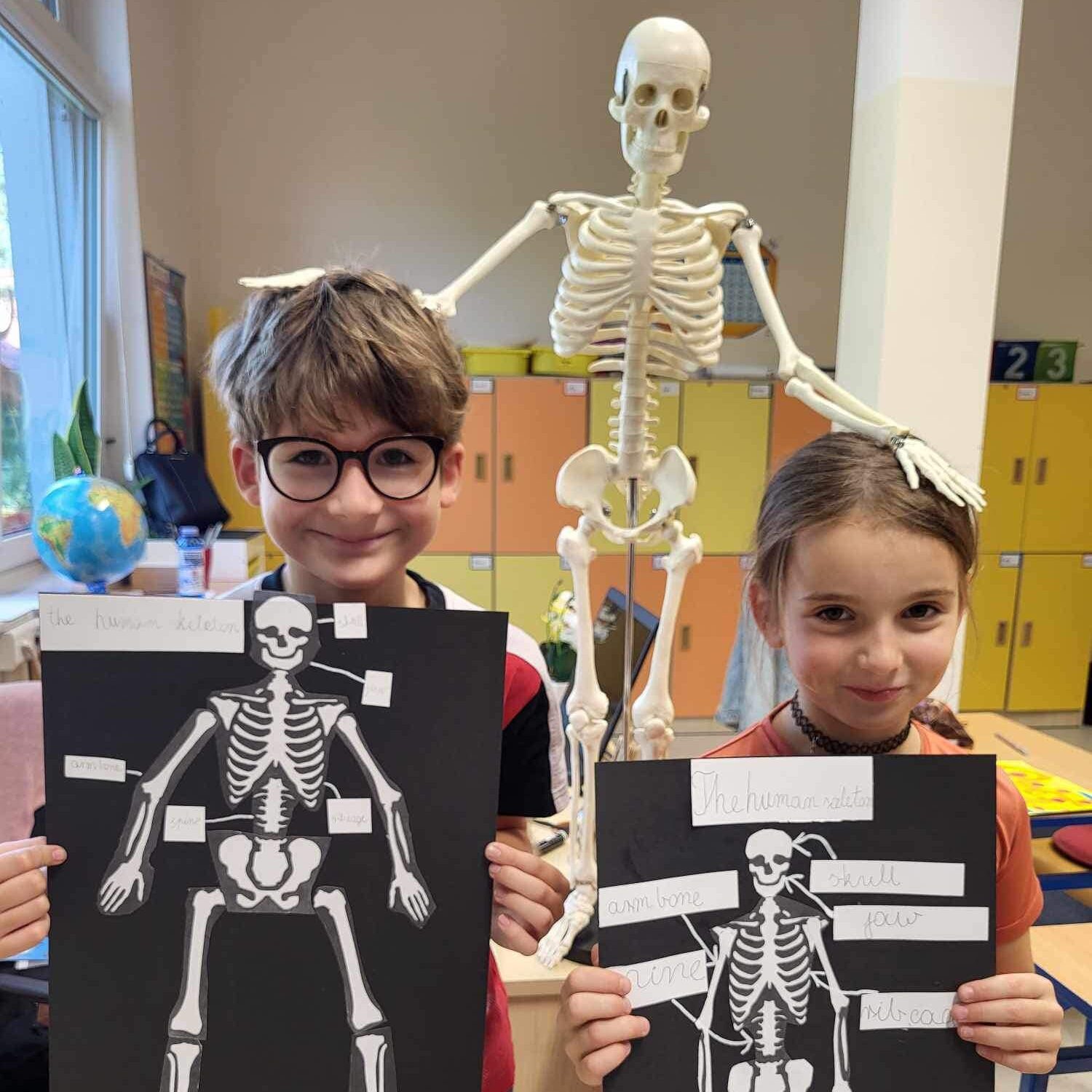CLIL – our delicious specialty!
We have been using the CLIL methodology in teaching for 10 years. We are certified teachers – practitioners, employed at the Bilingual Primary School No. 1 in Warsaw, Poland.
The education process in the Bilingual Primary School is based on integrated teaching of school content and subjects with English to students aged 6-15. Additionally, the Cambridge Primary and Cambridge Lower Secondary programs are being implemented in parallel.

Based on our own skills, knowledge and experience, we can conclude that:
- CLIL is a fantastic method to empower students of all ages and levels of fluency. By teaching CLIL lessons, you’re giving students the tools to grow, acquire and activate cross-disciplinary skills by using a language different from their own.
- It’s also a great method to promote positive attitudes towards language learning from an early stage. Students won’t be corrected on every single error they make. Instead, they’ll be encouraged to keep talking and learning in the language, which lets them feel good about their ability to communicate from the get-go.
- CLIL supports critical thinking and collaboration skills. Students won’t be spoon-fed their language lessons, but rather they’ll need to pay attention, observe and learn the language by learning about other subjects in that language. They can look to their peers to support them in this process.
- CLIL allows your students to learn a wide range of subjects, develop their knowledge about cultures, and learns either language naturally.
- That’s because the CLIL curriculum balances bilingual education and language learning. Rather than being the focus of teaching, language becomes a tool for communication. Repeated exposure and stimulation helps students to assimilate the language while learning content that will greatly expand their horizons and promote curiosity.
Author:
Anna Boguszewska